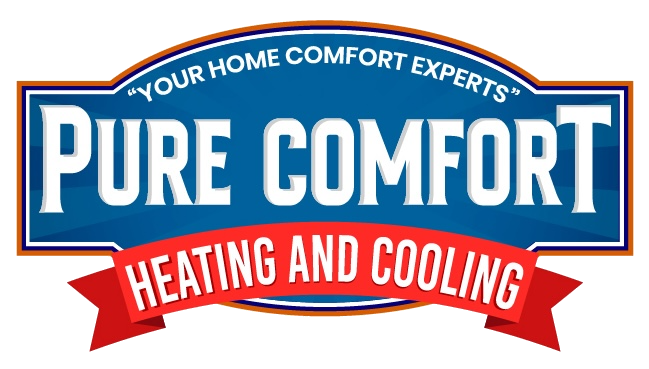Everyone’s always looking to save money on their utility bills, but it turns out there’s a way to lower energy use, even when you’re not even home.
The secret is your thermostat. By making the most out of your thermostat, you can help the thermostat plan for your preferred temperatures. This means establishing various temperature settings for when you’re at home, away or even when you’re asleep.
By trying a few of these schedules, you have more time to enjoy pleasant temperatures while cutting down your energy bills. Here are some ways your thermostat doesn’t have to use up all your summer spending money:
While at Home
Whenever you’re at home, you want to enjoy a comfortable temperature. It’s only natural to want your thermostat lower in the summer while you are in the house to appreciate the cool air.
But the most energy-efficient temperatures for the summer is usually between 78 and 80 degrees Fahrenheit. With this adjustment, you can stay cool while keeping your energy bill more manageable.
While Gone
If you’re setting the temperature for a vacation or other trip away from the house, it’s advantageous to set the thermostat higher than normal.
If your home is located somewhere a little cooler, you can set the thermostat to temperatures as high as 88 degrees while no one is home and then lower it back to the sweet spot of 78-80 degrees once you’re home again. This way, your air conditioning system isn’t working around the clock to keep an empty house cool.
While Sleeping
When it comes to sleeping in the summer, you want a temperature that’s nice and cool. You should try and keep things between 68-72 degrees Fahrenheit. You won’t have to worry about getting too hot or too cold at some point overnight.
Other Ways to Use Less Energy:
- Install a smart thermostat: Using a smart thermostat in the summer can lower energy costs since it can plan your temperature adjustments according to your lifestyle and home environment. They can lower the temperature while you are home or sleeping, before allowing it to get a little warmer when no one is home. With reliable brands like the Lennox iComfort, you can adjust the temperature remotely through your smartphone, tablet or laptop. Requesting smart thermostat installation in your Streamwood home is an effortless way to set the correct temperature whether you’re at home or across the country.
- Upgrade your HVAC system: A new HVAC system saves money right from the start. With greater energy efficiency, lower utility bills won’t be far behind since it requires less energy to achieve comfortable temperatures. Air conditioning installation in Streamwood is only a phone call away, so don’t hesitate to reach out to local pros like Pure Comfort Heating and Air Conditioning who can set you up for success.
- Keep up with AC maintenance: Investing in or ignoring regular air conditioning maintenance in Streamwood can have a significant impact on your utility bills. If you stay on top of cleaning key components like the coils, checking for damage and keeping vents clear of dust and debris, you may notice your HVAC system perform better during day-to-day use.. Higher energy efficiency will also reduce strain on key parts and lowers operational costs, resulting in lower energy usage and subsequently, smaller bills.
- Clean or replace the air filter on a regular basis: Cleaning or replacing the air filter regularly saves money by helping air flow efficiently through your air conditioner. When filters are old and less effective, an AC unit has to work harder, and this greater strain could shorten the system’s life span and lead to breakdowns.
- Verify your attic has enough insulation: Insulation is one of the key components in any energy-efficient home, securing the hot air outside and the cool air inside during the summer. The North American Insulation Manufacturers Association (NAIMA) suggests that homeowners living in southern climates should have at least 13-14 inches of insulation, while states further north need 16-18 inches.
- Review your ventilation: Damage to the ventilation is capable of increasing your energy bills much more than 20 percent, plus it can also lead to problems with your water heater, clothes dryer and other appliances throughout your home. Watching for signs of leaks and sealing them can fix both of those problems.
- Seal all other leaky spots in your home: Sealing leaky spots in your home with caulk, foam sealant or weather-stripping can help keep it cooler on hot summer days. It’s also important to check for any gaps around windows, doors and even outdoor fixtures. Taking the time to seal up any leaks now can help you save a lot in the long term.

